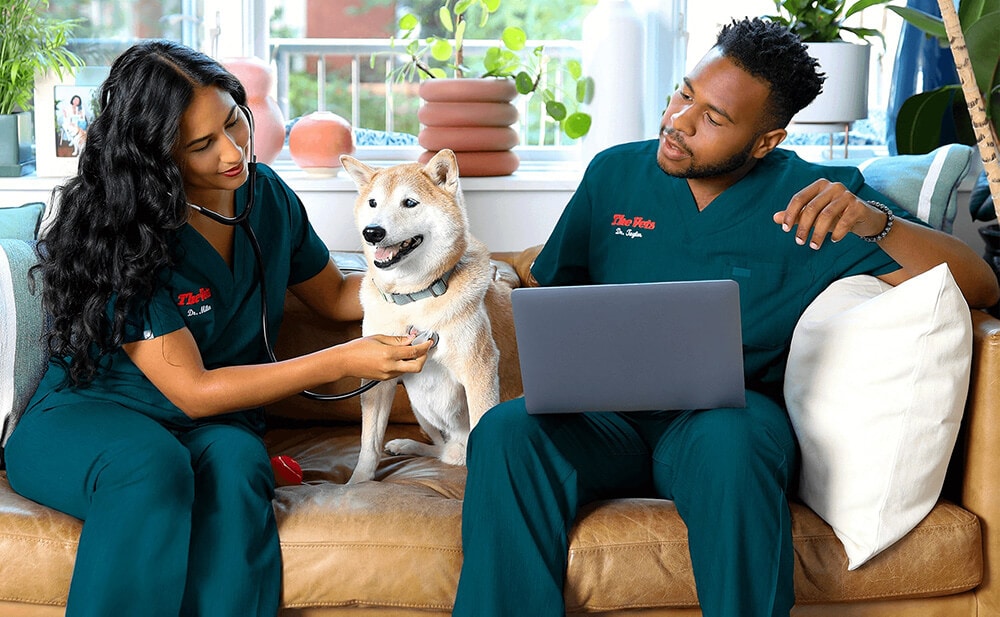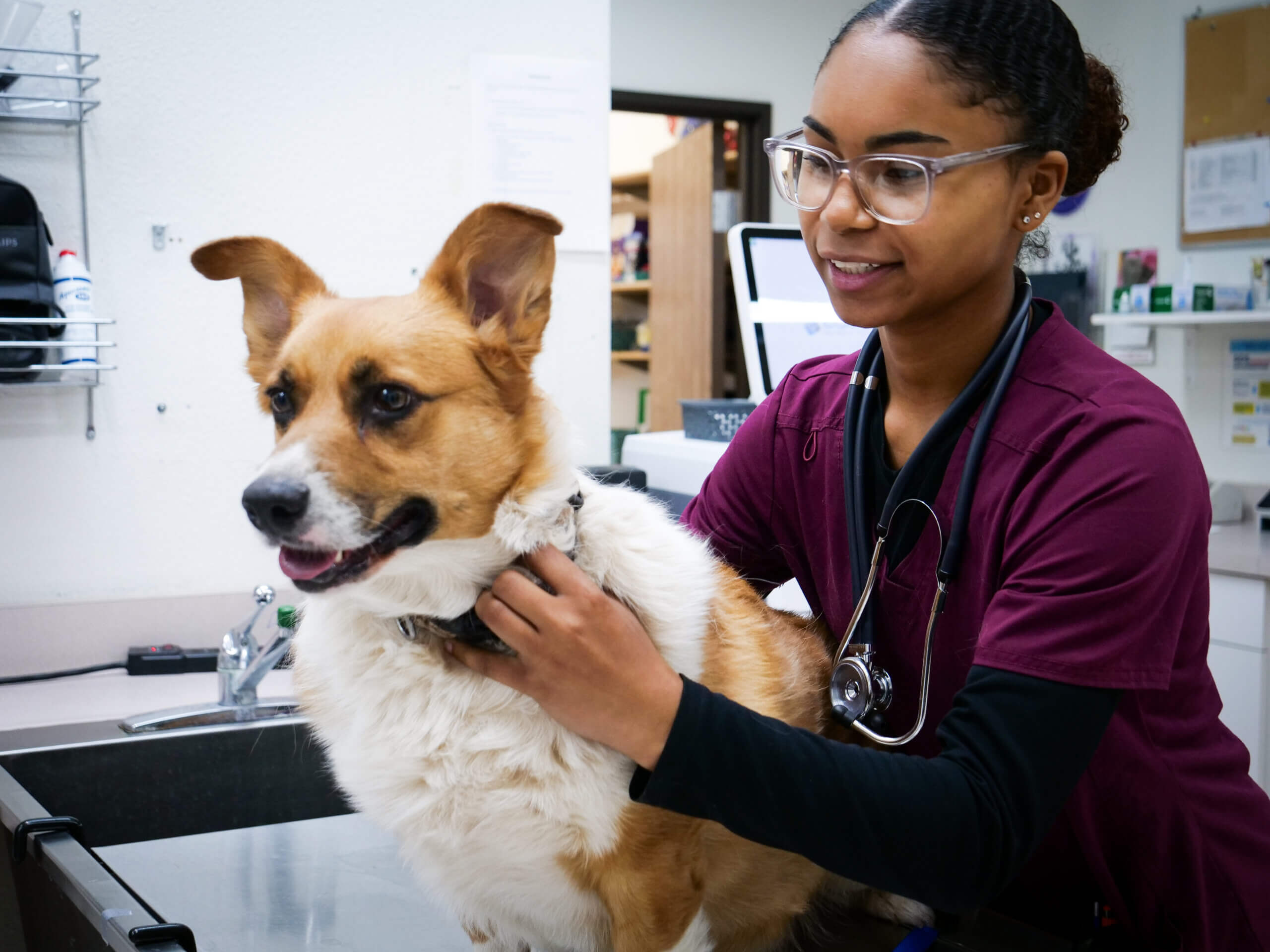All About Veterinarian Surgical Treatment: Recognizing the Significance of Expert Take Care Of Your Animals
Veterinary surgery is an important part of pet dog health care. It encompasses different treatments, from regular elective surgical treatments to urgent interventions. Recognizing the details of these surgical treatments can aid pet owners make notified choices. The prep work, implementation, and healing stages are essential for guaranteeing the well-being of animals. With proper understanding, proprietors can browse the complexities of vet care. What aspects should be taken into consideration prior to a pet undergoes surgical treatment?
Kinds Of Vet Surgeries
When an animal needs medical intervention, understanding the numerous kinds of vet surgical procedures can help family pet owners make educated choices. Vet surgical treatments can be extensively categorized right into 3 main kinds: optional, urgent, and emergency surgical procedures. Optional surgical treatments, such as spaying or neutering, are intended treatments that are not quickly serious. Immediate surgical procedures, like those for international body removal, must be done quickly but are not life-threatening in the moment. Emergency situation surgical treatments, such as those dealing with serious trauma or interior bleeding, are essential and need immediate attention.Additionally, surgical procedures can vary in complexity, varying from minimally intrusive laparoscopic treatments to much more substantial open surgical treatments. Each kind of surgical treatment lugs its own threats and healing procedures. Comprehending these categories allows family pet owners to engage in significant conversations with veterinarians, causing better end results for their cherished pet dogs.
Preparing for Your Pet's Surgical treatment
Preparing for an animal's surgery involves a thorough list to guarantee all fundamentals are covered. Efficient interaction with the veterinarian is crucial for understanding the treatment and any type of essential pre-operative steps - tplo surgery for dogs. Furthermore, having clear post-operative treatment instructions will assist owners offer the ideal support for their recuperating family pets
Pre-Surgery Checklist Essentials
Ensuring a smooth medical experience for a pet calls for mindful preparation and attention to information. A pre-surgery checklist is important for animal proprietors to comply with. First, verifying the set up surgery day and time is vital. Owners must additionally confirm that their pet dog has not eaten according to the vet's guidelines, normally for 8-12 hours before surgical treatment. Collecting necessary medical documents, consisting of inoculation background, is essential for the vet's review. It is additionally recommended to prepare a comfortable room in your home for the pet's healing after surgical treatment. Finally, owners must have a plan for transport to and from the veterinary clinic, making certain that the animal is safe and secure and comfortable throughout the journey. Complying with these steps can substantially boost the surgical experience.
Interacting With Your Vet

Reliable communication with the vet is crucial for an effective medical experience for animals. Owners need to be prepared to review their family pet's case history, consisting of any type of pre-existing problems, medications, and allergies. This info helps the vet assess risks and customize the medical strategy accordingly. Additionally, animal proprietors must ask inquiries regarding the treatment, anesthetic, and anticipated results to assure they totally comprehend the procedure. Making clear any questions can alleviate anxiousness for both the animal and the owner. It is likewise important to connect any type of behavioral modifications or worries observed in the family pet leading up to the surgery. Eventually, clear dialogue fosters count on and partnership, guaranteeing that pet dogs obtain the very best feasible care during their surgical trip.
Post-Operative Treatment Directions
After discussing the surgery with the veterinarian, pet dog proprietors ought to focus on post-operative treatment instructions to promote a smooth recovery for their family pets. These guidelines normally consist of keeping an eye on the medical site for signs of infection, such as inflammation or discharge. Pet dogs may need to be kept one's cool and confined to avoid extreme movement that can interrupt healing. Pain monitoring is essential, so owners need to follow the veterinarian's support on carrying out medications. Furthermore, nutritional restrictions might be encouraged to prevent stomach trouble. Normal follow-up consultations are essential to guarantee proper healing and attend to any kind of problems. By sticking to these post-operative care instructions, pet proprietors can greatly add to their pet dog's healing and overall well-being.
The Surgical Process Explained
The surgery for animals encompasses essential actions that assure their safety and security and healing. Pre-surgery preparations are important for reducing threats, while post-operative treatment guidelines play a crucial duty in advertising healing. Recognizing these elements aids pet dog owners browse the medical experience better.
Pre-Surgery Preparations
Prior to an animal goes through surgical treatment, several important prep work have to occur to guarantee a secure and effective treatment. Initially, an extensive vet evaluation is vital to examine the animal's overall health and wellness and recognize any kind of possible threats. This might include blood tests, imaging, or other diagnostics. The vet will also go over anesthesia choices tailored to the family pet's particular needs. In addition, pet proprietors are usually advised to hold back food and water for a defined time prior to surgery to minimize the risk of difficulties throughout anesthesia. It is very important for proprietors to provide a total medical background, including any kind of medicines or allergic reactions, making certain the surgical team has all required information. Proper interaction and adherence to pre-surgery standards can significantly boost the result of the treatment.
Post-Operative Treatment Guidelines
Correct post-operative treatment is essential for making sure an animal's recovery adhering to surgery. After the treatment, pet dogs need to be kept track of carefully for any signs of issues, such as extreme bleeding, swelling, or unusual habits. It is essential to adhere to the vet's instructions pertaining to drugs, including discomfort top vets near me reducers and prescription antibiotics. Animals need to be kept in a peaceful, comfy setting to reduce stress and anxiety and advertise healing. Restricting task is important; short, leashed strolls might be essential, but jumping or running should be prevented. Normal follow-up appointments should be scheduled to evaluate the recovery procedure. Furthermore, the medical website should be kept clean and dry, with any indications of infection reported to a veterinarian without delay. Complying with these guidelines enhances recovery end results.
Anesthetic and Pain Administration
Effective anesthesia and discomfort monitoring are essential parts of veterinary surgery, guaranteeing that family pets stay comfortable and safe throughout the treatment. Vets evaluate each pet dog's individual demands, thinking about factors such as age, weight, health and wellness standing, and the kind of surgical procedure being performed.Anesthesia methods normally include a mix of pre-anesthetic medications, induction agents, and inhalant anesthetics, permitting for accurate control over the animal's level of awareness. Tracking during surgery is critical; vets continuously observe vital indications to attend to any type of potential complications promptly.Pain monitoring techniques might include opioids, non-steroidal anti-inflammatory medicines (NSAIDs), and local anesthetics, tailored to the animal's specific scenario. This diverse strategy aids minimize discomfort and advertises a smoother surgical experience. By prioritizing efficient anesthesia and discomfort administration, vet professionals boost the overall welfare of pet dogs undertaking procedures, guaranteeing they receive the highest requirement of care.
Post-Operative Care and Recovery
Complying with surgical treatment, the focus shifts to post-operative treatment and healing, which is important for guaranteeing a pet's secure go back to normal tasks. Throughout this duration, pets need a peaceful, comfy setting to help healing. Proprietors need to carefully check their family pets for any indicators of discomfort or unusual behavior.Veterinary guidelines typically include specific directions connected to drug management, injury treatment, and nutritional modifications. It is vital to follow these recommendations to lessen difficulties and advertise recovery. Animals might require to be limited from vigorous activities, such as running or leaping, throughout their recuperation period (emergency vet).Regular follow-up visits with the vet enable monitoring of the family pet's progress and timely adjustments to the treatment strategy. Giving psychological assistance and companionship can additionally boost a family pet's recuperation experience, helping to reduce tension and anxiety. On the whole, thorough post-operative care plays a significant role in achieving a successful recuperation
Acknowledging Difficulties After Surgery
How can pet dog owners recognize difficulties after surgical procedure? Awareness of particular signs is essential for ensuring the well-being of pets throughout recuperation. Usual indicators include extreme swelling, soreness, or discharge at the surgical site, which may symbolize infection. Additionally, persistent discomfort, indicated by whimpering or reluctance to relocate, should motivate instant interest. Modifications in appetite or water consumption can also suggest problems; a decrease in these behaviors may indicate discomfort or distress.Moreover, family pet proprietors must check their animals for any type of uncommon actions, such as lethargy or trouble breathing, as these can be signs of significant issues. Vomiting or looseness of the bowels complying with surgical procedure might need immediate vet examination. Identifying these complications early can greatly influence an animal's healing process, stressing the importance of vigilance and timely communication with a veterinarian for any worrying signs.
The Function of Veterinary Experts in Surgical Treatment
Vet experts play an essential role in making sure the security and success of medical treatments for animals, specifically complying with surgical treatment when checking and treatment are vital. These experts include vets, vet service technicians, and assistance personnel, all of whom contribute specialized skills to the medical process.Before surgery, vets carry out detailed evaluations to examine the family pet's health and wellness, making sure that any type of hidden problems are taken care of. Throughout the treatment, the medical team offers anesthesia, keeps sterile environments, and keeps track of essential signs, all crucial for lessening risks.Post-operative treatment is equally considerable; vet experts observe for problems, manage discomfort, and overview proprietors on recovery techniques. Their know-how enables them to recognize early signs of distress or infection, making sure timely treatment. Inevitably, the collaborative efforts of veterinary specialists in medical care promote a risk-free setting, promoting the health of family pets throughout the surgical journey.

Often Asked Questions
Exactly how Do I Choose the Right Vet Specialist for My Pet?
Choosing the best vet cosmetic surgeon entails looking into certifications, checking out testimonials, and evaluating the facility's environment. It is necessary to mirror on the surgeon's experience with particular procedures and their interaction style when making a decision.
What Prevail Misconceptions Regarding Veterinarian Surgeries?
Usual mistaken beliefs concerning vet surgical procedures consist of ideas that they are always risky, unneeded, or for emergencies. Several pet dog owners undervalue the advantages of preventive procedures and the skill associated with veterinary surgical treatment.
Just How Much Will My Pet dog's Surgery Expense?
The cost of a family pet's surgical procedure can differ substantially based upon aspects such as the sort of procedure, the veterinarian's experience, and geographic area (emergency vet bellingham). Usually, expenditures vary from a few hundred to several thousand dollars

Can My Family Pet Consume Prior To Surgical Procedure?
Prior to surgical treatment, it is typically advised that animals avoid eating for a specific period. This fasting assists decrease the risk of issues throughout anesthesia. Proprietors must consult their veterinarian for precise directions tailored to their pet's requirements.
What happens if My Pet Has Pre-Existing Health Conditions?
When a pet dog has pre-existing health and wellness conditions, it's vital for the vet to examine these elements prior to surgical treatment. This assessment warranties suitable precautions are taken, minimizing threats and optimizing the family pet's total safety during the treatment.